Have you ever seen a bundle of colorful paper cranes strung together? This is Senbazuru, a set of 1,000 paper cranes often created to fulfill a wish or show support for someone. Folding 1,000 paper cranes is a Japanese tradition that combines the beauty of origami with heartfelt prayers. But why cranes, and what makes Senbazuru so special? Let’s dive into its origins, purpose, and deeper cultural meaning.
What Is Senbazuru?
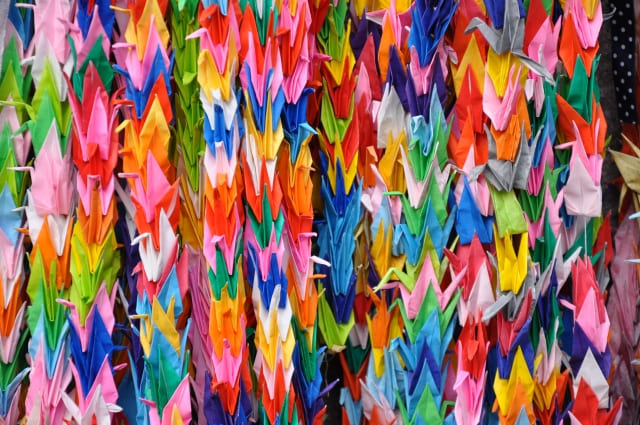
Senbazuru literally means “1,000 cranes” in Japanese. It’s a collection of cranes folded from origami paper and strung together on threads. People believe that completing 1,000 cranes grants a wish or helps convey prayers for peace, health, or happiness.
The tradition became widely known after the story of Sadako Sasaki, a young girl who survived the atomic bombing of Hiroshima but later developed leukemia. Hoping to recover, she began folding cranes, inspired by the belief that completing 1,000 would make her wish come true. Her legacy has made Senbazuru a global symbol of peace and hope.
Why Are Cranes Used?
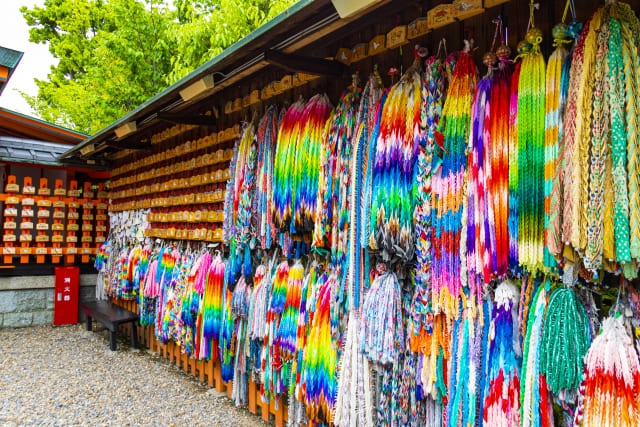
The crane is a bird deeply rooted in Japanese culture and folklore. Known as a symbol of longevity, good fortune, and fidelity, the crane is often called the “bird of happiness.”
In Japanese mythology, cranes are said to live for 1,000 years, making them a perfect symbol for long-lasting wishes and prayers. Folding a paper crane is also considered a gesture of devotion and hope, as it requires focus and patience.
Why Are Senbazuru Displayed at Shrines and Temples?
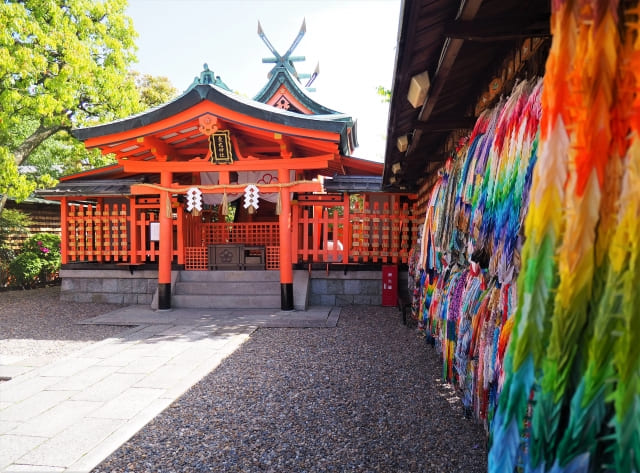
Senbazuru is often displayed at shrines and temples, reflecting its deep connection to Japanese traditions and spirituality. Here’s why:
Delivering Prayers to Deities
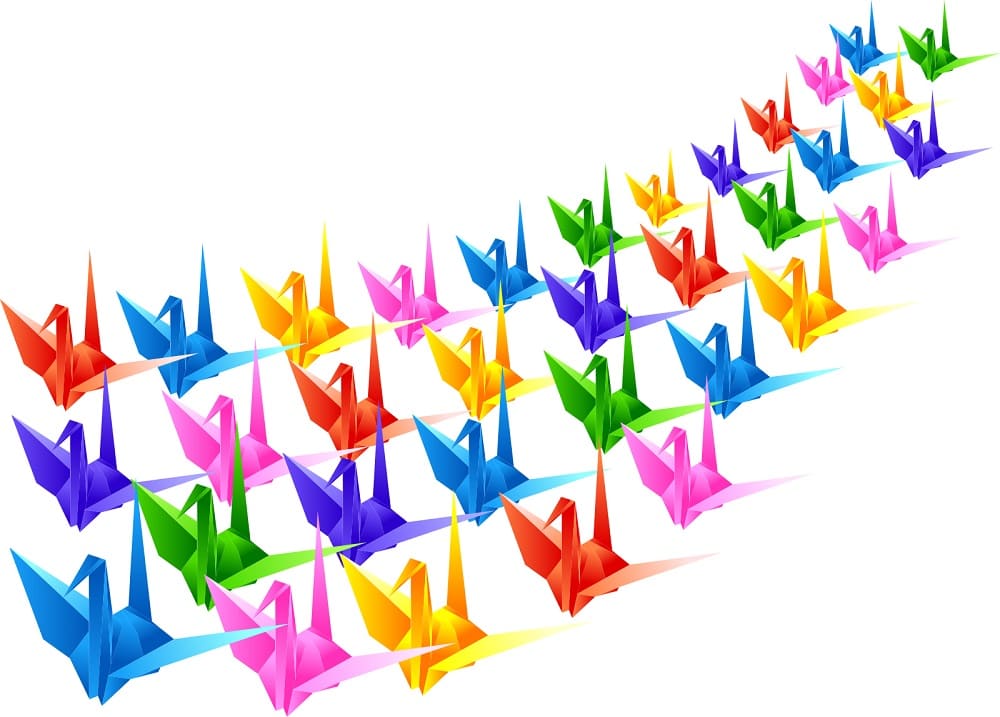
People offer Senbazuru at shrines or temples to ensure their prayers reach the gods or Buddha. Each crane represents a heartfelt wish, and the act of placing the Senbazuru at a sacred site is believed to amplify its power.
Prayers for Peace and Healing
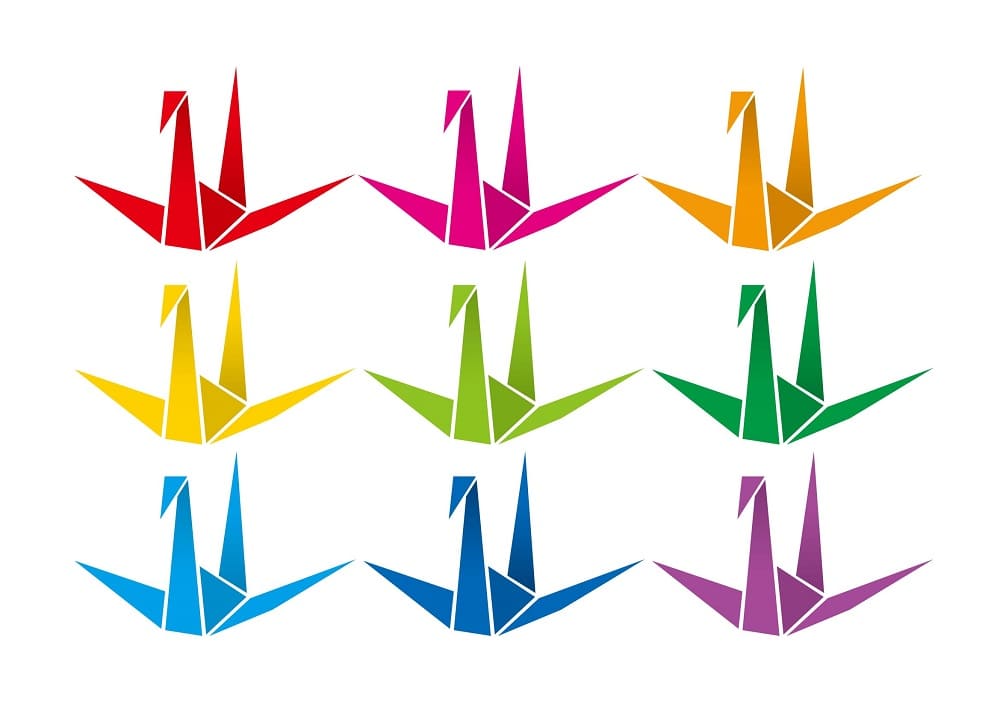
Like the cranes at Hiroshima’s Peace Memorial Park, Senbazuru at religious sites often carry prayers for world peace, recovery from illness, or disaster relief. These bundles become a visual representation of collective hope and compassion.
Belief in the Power of Senbazuru
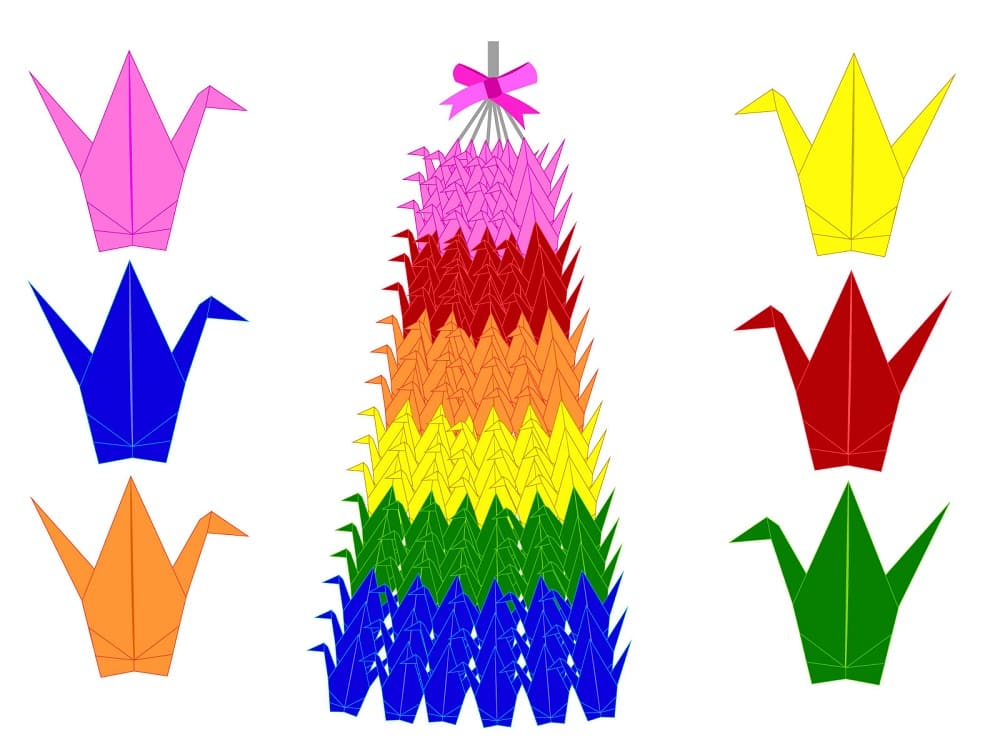
In Japanese culture, objects and actions are thought to hold special energy. Senbazuru, as a physical manifestation of wishes, is believed to hold spiritual power. Offering it to a shrine or temple can enhance its effect, symbolizing a deep connection between the person’s prayers and the divine.
A Symbol of Beauty and Hope
The colorful arrangement of Senbazuru is not only visually stunning but also emotionally uplifting. Displaying them at shrines and temples shares their beauty and conveys the prayers of those who folded them, spreading a message of hope and unity to all who visit.
How to Fold and String a Senbazuru
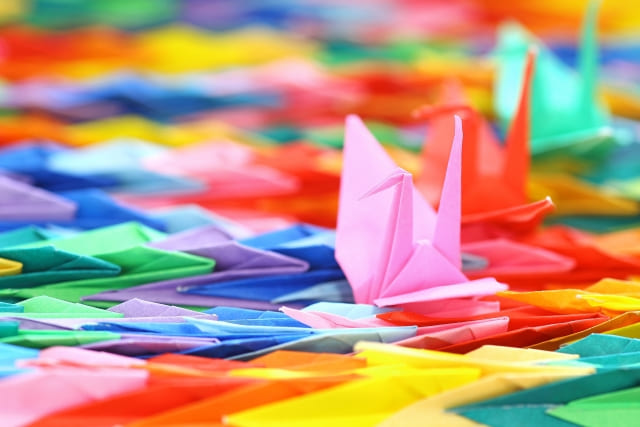
Creating a Senbazuru is a rewarding process. Start by folding 1,000 cranes, using square sheets of colorful origami paper. Once completed, string them together in groups of 40 or 50. It’s a group activity for many, with friends or families contributing to complete the project.
Senbazuru is often offered to shrines, temples, or places of significance, such as Hiroshima Peace Memorial Park.
Conclusion

Senbazuru represents hope, devotion, and the belief that wishes can come true with effort and prayer. Whether offered at a shrine, displayed as a symbol of peace, or made for someone special, each crane carries deep meaning.
The act of folding cranes connects people to a rich cultural tradition while sharing prayers for a brighter future. If you ever get the chance to make or see Senbazuru, take a moment to appreciate the love and effort behind it—a universal message that transcends borders.



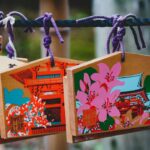
Comments